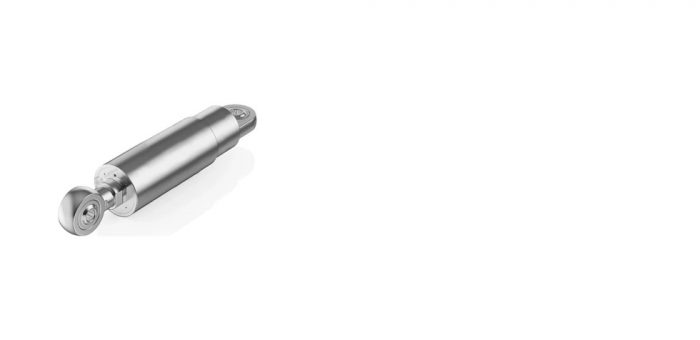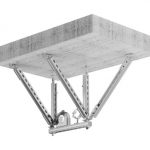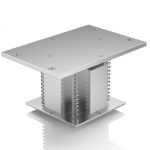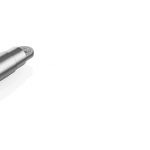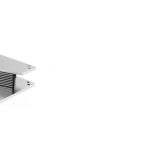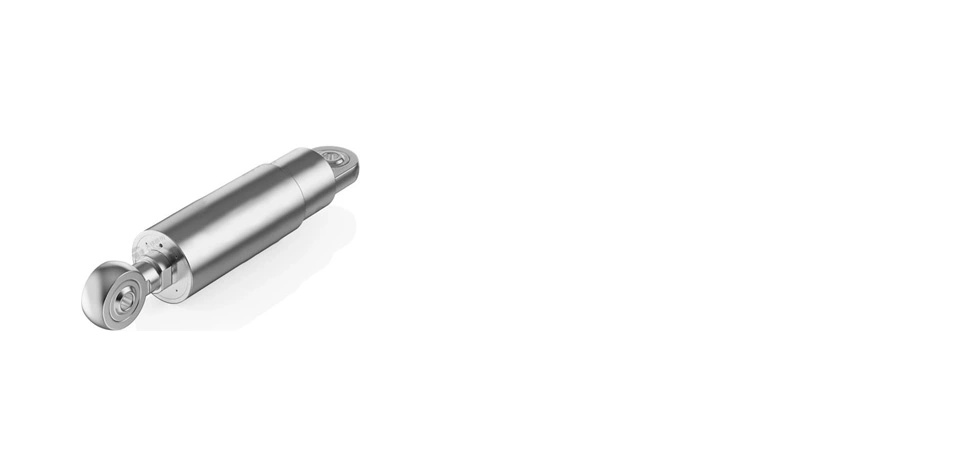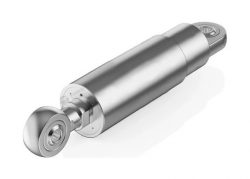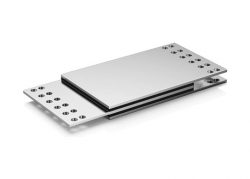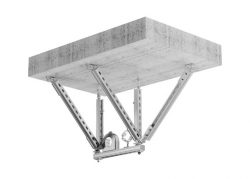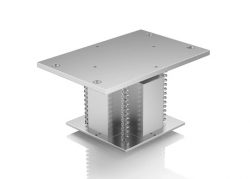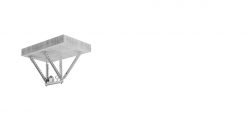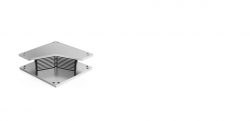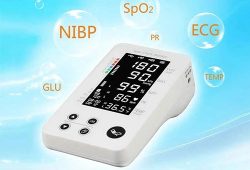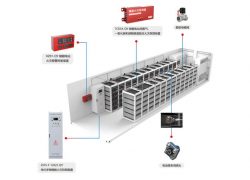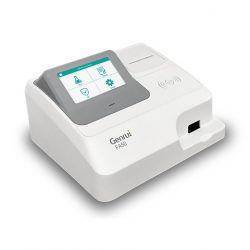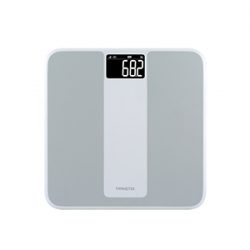Shock Absorbing Products
Shock Absorbing Products
Shock absorbers for buildings are designed to reduce the impact or vibration caused by various activities or incidents. Shock absorbers for buildings work by dissipating the energy from the shock across a wider area, thereby reducing the force felt at any one point. Shock absorbers for buildings are used in a wide range of applications, from personal use items like footwear and protective gear to industrial applications like machinery mounts and packaging materials.
Types of Shock Absorbers For Buildings
Viscous Damper
A viscous damper, also known as a harmonic balancer or vibration damper, is a device used to reduce or control the vibrations in mechanical systems. It is commonly used in automotive engines to reduce torsional vibrations, which are vibrations of the crankshaft caused by the power pulses from the cylinders.
Buckling Restrained Brace
A Buckling-Restrained Brace (BRB) is a type of structural support used in buildings and bridges to enhance their resistance to seismic activity. It is a type of energy-dissipating brace that can undergo large deformations during an earthquake, absorbing and dissipating the energy of the seismic forces, thereby reducing the damage to the main structural elements of the building or bridge.
Friction Dampers
A Plate Friction Damper is a type of energy-dissipating device used in structures to reduce the impact of seismic forces. It works on the principle of friction between surfaces to absorb and dissipate energy.
Mild Steel Damper
A Mild Steel Damper is a type of energy-dissipating device used in structures to reduce the impact of seismic forces. It is made from mild steel, a type of carbon steel that is known for its high ductility and malleability.
Viscoelastic Damper
A viscoelastic damper is a type of energy-dissipating device used in structures to reduce vibrations and seismic forces. It is made from viscoelastic materials, which exhibit both viscous and elastic characteristics when undergoing deformation.
Tuned Mass Damper
A Tuned Mass Damper (TMD) is a device used in structural engineering to reduce the amplitude of mechanical vibrations. This is achieved by attaching a mass that oscillates in opposition to the resonance frequency of the structure.
Eddy Current Dampers
An Eddy-Current Tuned Mass Damper is a type of tuned mass damper that uses the principle of eddy currents to dissipate energy and reduce vibrations in a structure.
The Importance of Shock Absorbers For Buildings
Shock absorbers for buildings, such as shock absorption dampers and supports, play a crucial role in earthquake-prone areas. Earthquakes are natural disasters that can cause significant damage to buildings, infrastructure, and human lives. Damping products are designed to mitigate the destructive forces of earthquakes and help protect structures and their occupants.
Reducing Structural Damage: Damping products are engineered to absorb and dissipate the energy generated during an earthquake. This helps reduce the dynamic forces acting on a structure, minimizing structural damage. By doing so, these products can significantly extend the lifespan of buildings and infrastructure.
Cost Savings: Investing in damping products can lead to significant cost savings in the long run. The cost of retrofitting or repairing earthquake-damaged structures can be astronomical, and damping systems can help mitigate these expenses by preventing or minimizing damage in the first place.
Resilience and Sustainability: Building resilience is critical in earthquake-prone areas. Damping products contribute to the resilience of communities by ensuring that structures can withstand seismic events. This, in turn, supports sustainable development by reducing the need for frequent reconstruction and resource-intensive repairs.
FAQs of Shock Absorbers for Buildings
What are building shock absorbing products and how do they work?
Building shock-absorbing products are devices specifically designed to reduce the effects of earthquakes or other vibrations on buildings. They reduce the dynamic forces caused by earthquakes by absorbing, dispersing or dissipating energy, thereby reducing damage to buildings.
Why are building shock-absorbing products particularly important in earthquake-prone areas?
In these areas, earthquake shock absorbers for buildings can significantly reduce the damage caused by earthquakes. This helps protect the building, extend its useful life, reduce repair and restoration costs, and improve the chances of survival for personnel.
What are the types of building shock absorption products?
Building shock absorption products include hydraulic shock absorbers, friction shock absorbers, spring-damper systems, foundation isolation systems, etc. These products have their own advantages and applicability based on different principles and application requirements.
How do I determine which shock-absorbing products I need for my construction project?
Determining the required seismic attenuation products requires consideration of factors such as building type, size, location, and seismic risk. It is often necessary to work with a structural engineer or professional consultant to ensure the right product is selected.
Does the installation and maintenance of building shock-absorbing products require professional skills?
Installing and maintaining building shock-absorbing products often requires specialist skills and knowledge, as incorrect installation or maintenance may reduce their performance. These tasks are typically performed by experienced professionals or a technical support team.
